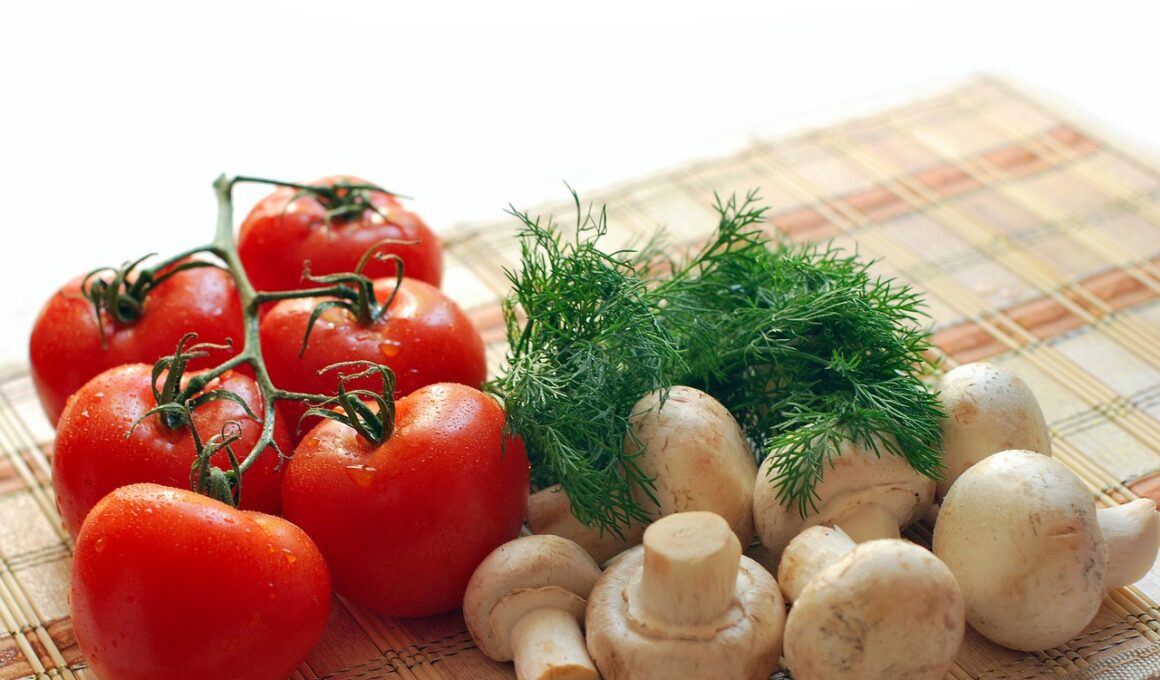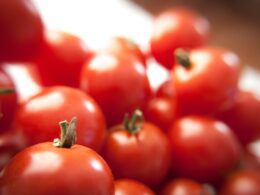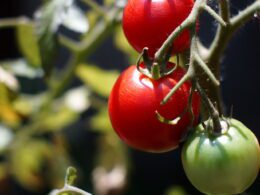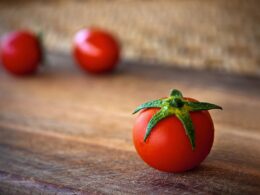You might have heard about the benefits of Epsom salt for your plants and garden, but you’re probably wondering if it’s safe to apply it directly to the soil. Fear not!
In this article, we’ll delve into the effects of Epsom salt on soil and discuss how to properly use it without risking harm to your precious plants. We’ll also weigh the pros and cons of applying Epsom salt directly to the soil, explore alternative methods for incorporating it into your gardening routine, and provide tips on how to safely maximize its benefits.
So sit back, relax, and let’s get started on demystifying this popular garden additive!
Understanding Epsom Salt
Diving into the world of Epsom salt, it’s essential to grasp its properties and how it interacts with the environment around it. Epsom salt isn’t a salt but rather a naturally occurring compound of magnesium, sulfur, and oxygen.
It’s been widely used for centuries due to its numerous health benefits, such as relieving muscle pain and stress. Its use in gardening is also quite popular as it helps plants grow stronger and healthier.
You might wonder how Epsom salt can be beneficial to plants when you’re more familiar with its human advantages. It works wonders by providing two crucial nutrients that plants require: magnesium and sulfur.
Magnesium plays a significant role in photosynthesis, helping plants create energy from sunlight, while sulfur contributes to the production of proteins, vitamins, and enzymes vital for a plant’s growth.
Using Epsom salt in your garden can result in greener leaves, increased blooms, and even tastier fruits or vegetables. Now that you have an understanding of what Epsom salt is and how it aids your plants’ well-being, you can confidently decide whether or not incorporating it into your gardening routine would be beneficial.
There’s no need to worry about harming your precious plants – when used correctly, this natural compound will provide them with essential nutrients they may be lacking otherwise. Just remember always to follow proper guidelines when applying any supplement to ensure the safety of both your garden and yourself!
How Epsom Salt Affects Soil
Sprinkling Epsom salt onto your garden beds not only enhances the soil’s nutrient content, but it also paints a picture of healthier, more vibrant plants. The magic ingredient in Epsom salt is magnesium sulfate, which is essential for photosynthesis and helps strengthen cell walls.
By adding Epsom salt to your soil, you’re providing a vital nutrient boost that can lead to stronger and more productive plants. The effects of Epsom salt on your soil are manifold: it improves water retention, encourages root growth, and aids in the uptake of other essential nutrients such as nitrogen and phosphorus.
This means that when you apply Epsom salt to your garden beds, you’re not only supporting plant health but also creating an environment where they can thrive with minimal effort from you. So go ahead and treat your soil with some well-deserved TLC by using Epsom salt.
Your plants will thank you with lush foliage, profuse blooms, and bountiful harvests – all while making your garden a safe haven for them to grow strong roots. Just remember to follow package instructions or seek expert advice on how much and how often to apply this wonder-working mineral supplement to ensure optimal results for both your soil and plants.
Pros and Cons of Applying Epsom Salt Directly to Soil
You may be considering applying Epsom salt directly to your soil, but it’s crucial to weigh the potential benefits and risks before doing so.
While some plants may thrive from the added magnesium and sulfate, others could suffer negative consequences.
Let’s delve into this topic to help you make an informed decision for your garden’s success.
Potential benefits
Imagine the perks your plants could enjoy by simply incorporating this magnesium-rich compound into their environment. Epsom salt can provide several benefits to your garden, such as promoting stronger roots and improving overall plant growth.
Since magnesium is an essential nutrient for photosynthesis, it ultimately helps in producing more energy for the plants. This results in greener leaves, larger blooms, and increased fruit production.
Moreover, Epsom salt can help prevent or correct magnesium deficiencies in your soil. A shortage of magnesium can lead to yellowing leaves and poor plant health. By applying Epsom salt directly to the soil around your plants or as a foliar spray, you’ll be offering them a safe source of this crucial nutrient without risking any damage from overuse or chemical imbalances.
So go ahead and give your plants that extra boost they deserve!
Potential risks
While it’s true that Epsom salt can work wonders for your plants, it’s important to be aware of the potential risks involved in its use.
Applying Epsom salt directly on soil may lead to several problems if not done properly, and these issues shouldn’t be taken lightly.
Some potential risks associated with using Epsom salt directly on soil include:
- Overuse: Adding too much Epsom salt to your soil can cause a buildup of salts, which may harm your plants and reduce their ability to absorb water and nutrients.
- Nutrient imbalance: While magnesium sulfate is essential for plant growth, excessive amounts can lead to an imbalance in other nutrients, such as calcium and potassium.
- Soil damage: Heavy applications of Epsom salt can disrupt the structure of the soil and impact its overall health.
To minimize these risks, always follow recommended guidelines when applying Epsom salt to your garden or potted plants. This way, you’ll be able to enjoy the benefits while keeping your plants safe from any potential harm.
What Are the Benefits of Using Banana Peels in Water for Plants?
Using banana peel water for plants has several benefits. The peels are an excellent source of nutrients like potassium, phosphorus, and calcium. When soaked in water, these nutrients leach into the water, making it a natural fertilizer. Additionally, banana peel water helps to repel pests, boost root development, and improve overall plant health.
Proper Application Techniques
So, you’re wondering how to properly apply Epsom salt to your soil? Let’s dive into a discussion on the key points.
First, determine the right amount to use and the best time for application. By understanding these factors, you’ll be able to effectively enhance your plants’ growth and overall health.
How much to use
Determining the right amount to use is crucial, as sprinkling too much or too little can impact your plants’ growth and overall health. Generally, it’s recommended to use about 1 tablespoon of Epsom salt per gallon of water for indoor plants, while outdoor plants typically need about 2 tablespoons per gallon.
To ensure you’re using the correct amount for your specific needs, always follow the guidelines provided by the manufacturer or consult with a gardening expert.
Applying Epsom salt to your garden can help improve plant growth and boost their nutrient intake, but remember that moderation is key. Overusing Epsom salt can lead to magnesium toxicity in your soil which could harm your plants instead of helping them. So be cautious and monitor how your plants react after each application – if they show signs of stress or poor growth, consider adjusting the dosage accordingly.
Your efforts in finding just the right balance will result in healthier and happier plants!
When to apply
Wondering when to apply Epsom salt for the best results? Let’s dive in and find out!
Timing is crucial when it comes to applying Epsom salt, as it can help ensure your plants get the most benefit. Generally, you should apply Epsom salt at two key stages: during planting and throughout the growing season.
When planting, mix in a small amount of Epsom salt with the soil or add it to the hole before placing your plant. This will give your plants a boost from the start by providing essential nutrients directly to their roots.
During the growing season, you can either sprinkle Epsom salt around your plants or dissolve it in water to create a foliar spray. Apply this solution every 4-6 weeks to keep your plants healthy and strong. Remember that moderation is key – too much Epsom salt can harm your plants instead of helping them grow.
Alternative Methods for Using Epsom Salt in Gardening
Looking to explore alternative methods for using Epsom salt in your garden? Consider trying foliar sprays or pre-dissolving it in water to provide essential nutrients directly to your plants.
These approaches can be more efficient and help you achieve healthier growth and better yields.
Foliar sprays
Foliar sprays provide an alternative method for nourishing plants, bypassing the need to apply substances like Epsom salt directly to the soil. They’re a safe and effective way to deliver essential nutrients directly to your plants’ leaves, which can absorb them quickly and efficiently.
Mixing Epsom salt with water in a spray bottle allows you to easily target specific areas of your garden that may need a magnesium boost. Using foliar sprays is simple: just mix one tablespoon of Epsom salt per gallon of water and spray it on your plants’ leaves during their growing season.
Be sure to do this in the early morning or late afternoon when the sun isn’t too strong, as applying the mixture during peak sunlight hours could lead to leaf burn. Your garden will flourish with this safe and easy method while reducing any potential risks associated with applying Epsom salt directly onto soil.
Pre-dissolving in water
There’s a simple yet effective way to ensure your plants get the magnesium boost they crave without any potential risks: pre-dissolving Epsom salt in water before application. This method allows you to control the concentration of Epsom salt and ensures even distribution throughout your garden or potted plants. By taking this extra step, you’ll be providing your plants with a safe and efficient magnesium source that can help them thrive.
Pre-dissolving Epsom salt in water offers several advantages:
- Control over concentration: You can easily adjust the amount of Epsom salt used based on the specific needs of your plants.
- Even distribution: Dissolving Epsom salt in water helps ensure that it is evenly dispersed when applied to soil, preventing any potential harm from concentrated areas.
- Safety for roots and foliage: Applying a diluted solution reduces the risk of damaging plant roots or burning delicate leaves through direct contact with undiluted salts.
By using this method, you’re not only giving your plants what they need but also protecting them from possible harm. So go ahead and give pre-dissolving Epsom salt in water a try – both you and your plants will appreciate the benefits!
Conclusion
In conclusion, you can apply Epsom salt directly to your soil, but always remember the potential benefits and drawbacks. By using proper application techniques and considering alternative methods, you’ll be able to make an informed decision for your garden’s needs.
Keep in mind that every garden is unique, so it’s essential to experiment with Epsom salt and find what works best for you. Happy gardening!









